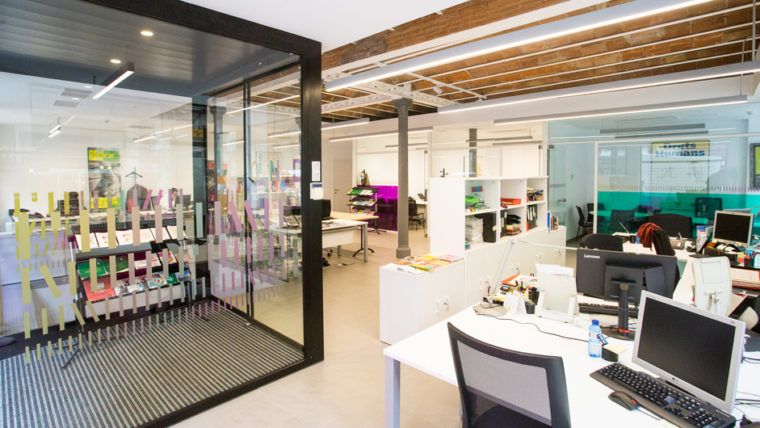Barcelona Discrimination Observatory 2019: who discriminates, why and where
The Barcelona Discrimination Observatory report for 2019 offers an analysis of discrimination mechanisms, the groups who are victims and those discriminating in the city. It also provides details on the issues, the strategies to tackle them and the challenges faced by public administrations and organisations. The report is published jointly by the Office for Non-Discrimination (OND) and eighteen rights organisations working in the fight against discrimination.
The report was compiled by the Board of Organisations for the Assistance of Victims of Discrimination, made up of: the OND, the Catalan Association for Integrating Homosexual, Bisexual and Transsexual Immigrants, the Catalan Association for the Defence of Human Rights (ACDDH), Bayt al-Thaqafa, Cepaim, Dincat, the ECOM Federation, the Catalan Mental Health Federation (FSMC), the Veus Federation, Fil a l’agulla, the Secretariat Gitano Federation (FSG), Gais Positius, Irídia, the Observatory against Homophobia (OCH), the Platform for the Language, the Tenants’ Union, SOS Racisme Catalunya, the Romani Union and the Network of Services for Homeless People (XAPSLL).
Low report rates
In 2019, the Board of Organisations recorded 411 cases of discrimination, a much higher figure than the 265 from 2018. The main reasons were racism and xenophobia (33%) and LGBTI-phobia (25%)
Despite all the efforts of the organisations and the OND, low reporting rates are still a problem and make the phenomenon more invisible in the city. One of the main reasons for low report rates is the normalisation of discrimination, making it impossible to report it or denounce it, as this would mean doing so constantly, with all the emotional wear and tear and the investment of time and money this involves.
Other reasons may be a lack of confidence in the system and security forces, the fear of consequences or reprisals if reporting cases, the extreme vulnerability of victims, denial or shame over having suffered rights violations etc.
When it comes to denouncing cases of discrimination, young men, particularly between the ages of 25 and 39, are the main group.
Discrimination
A third of discrimination cases in 2019 were in relation to racism and a quarter to LGBTI-phobia. Individuals, private organisations and companies are once again the main discriminators, accounting in similar proportions for 73% of registered cases. In the case of companies, while racism is the main cause, along with LGBTI-phobia, there is also discrimination in relation to disability, language and economic status.
When it comes to discrimination by public administrations, most situations occur in relation to the victim’s health, particularly mental health. Two aspects which stand out in these types of discrimination are the disproportionate use of mechanical contention in psychiatric hospitals and the discrimination suffered by people with HIV or AIDS.
With LGBTI-phobia, most situations are direct actions by individuals (73%). This is also where there are the most physical aggressions, mostly in public places.
Intersectionality
One of the current aims of the fight against discrimination is to incorporate the intersectional perspective into the analysis of discrimination in our city. This year will see the OND and the organisations on the board get a new tool in the form of Relief Maps. The maps are designed to study discrimination with an intersectional perspective, linking the dimensions of inequality, everyday life and the emotions of each person.
The full report is available here.






